In this video, we take a closer look at the differences, and similarities, between the rear- and front-facing cameras included in Apple's iPhone X and iPhone 8 Plus.
The iPhone X and iPhone 8 Plus share a number of camera hardware specifications, causing some to wonder what's different — and what's the same — between the two devices.
First of all, the iPhone X gets the brand new TrueDepth camera system, capable of Face ID authentication and other features like selfie portrait mode. That said, the front-facing color camera incorporated as part of TrueDepth appears to be identical to the imager in the iPhone 8 Plus, so general image quality should be the same.
The rear cameras are slightly upgraded in the iPhone X, but not by much. Both iPhones utilize 12-megapixel sensors, but the telephoto lens on the iPhone X gets optical image stabilization, meaning the camera sensor actually moves around and negates camera shake. The telephoto lens also goes from 57mm zoom to 52mm and scores a faster aperture of f/2.4 compared to f/2.8 on the 8 Plus.
Looking at Portrait Mode, the image taken by our iPhone X was out of focus, but we can see the difference in zoom between it and the photo captured by the iPhone 8 Plus. Specifically, the image coming out of the 8 plus is a slightly tighter shot.
Now with the wide lens, both photos look practically identical. We cropped in and noticed that the 8 Plus was a bit warmer than the X. This is either is a small change in software or just a slight variance in auto white balance.
Taking a selfie, the 8 Plus decided to expose the photo brighter, which looks better on the face, but completely blows out the sky. Sharpness and detail look identical, as expected.
The iPhone X of course has the new Selfie Portrait Mode feature. It looks pretty cool with all the bokeh in the back, but it also seems to blur the hair and body, which can be distracting for some people. The X also has the portrait lighting feature, which allows you to change the lighting of your face using different effects.
Moving to a regular shot captured with iPhone's wide lens, there appears to be little difference between the X and the 8 Plus. Both look very sharp.
Now with the telephoto lens, we instantly notice the difference in zoom, but there is hardly any difference in detail.
Next, we see that both HDR photos are practically identical, but they both completely destroy last year's iPhone 7 Plus.
Now onto a lowlight photo using the telephoto lens. This is where we were expecting to see a difference, and did. First of all, the faster aperture of f/2.4 versus f/2.8 increases the amount of light that goes into the sensor. Optical image stabilization allows the camera to use a slower shutter speed without blurring the image, which also increases the amount of light going into the sensor.
Both of these characteristics allow the camera to lower its ISO setting, which is used to artificially boost brightness that introduces noise, like we see in the image. The noise smears details and as you can see on the hoodie, it can mess with colors as well.
Moving on to video, detail and quality look the same, but the 8 Plus again seems to be a bit warmer. Testing autofocus, we notice that the iPhone X footage is a lot smoother with little side-to-side shake. The X also looks sharper and more detailed, likely due to motion blur inserted into the 8 Plus footage from its lack of optical image stabilization.
Interestingly, the 8 Plus seems to accomplish wide angle image stabilization better than the X. We're not sure why that could be, but it's noticeable. The 8 Plus again looks warmer, so it's beginning to look like a trend.
Now evaluating stabilization on the telephoto lens, we can instantly see that the iPhone X is superior. The 8 Plus has noticeable and distracting motion blur. We can also see just how much of a zoom difference there is between the two.
Finally, wide angle detail in low-light settings appears to be the same, but we noticed that the X had less noise and maintained image color. We noticed the same thing on the telephoto lens, with a little bit less noise on the 8 Plus.
In conclusion, there isn't much of a difference at all between the iPhone X and iPhone 8 Plus when using the wide lens. Sharpness and detail are the same, but we did notice that most of the 8 Plus photos were warmer. Some prefer the warmer look, but the X seems more color accurate to what you'd see in real life.
As expected, the most substantial upgrade is the iPhone X's telephoto lens. The imager's stabilization makes for a sharper image and keeps photos nice and sharp, while boosting low light image quality.
The iPhone X is definitely the clear winner here with the telephoto improvements and added features like Selfie Portrait mode.
 AppleInsider Staff
AppleInsider Staff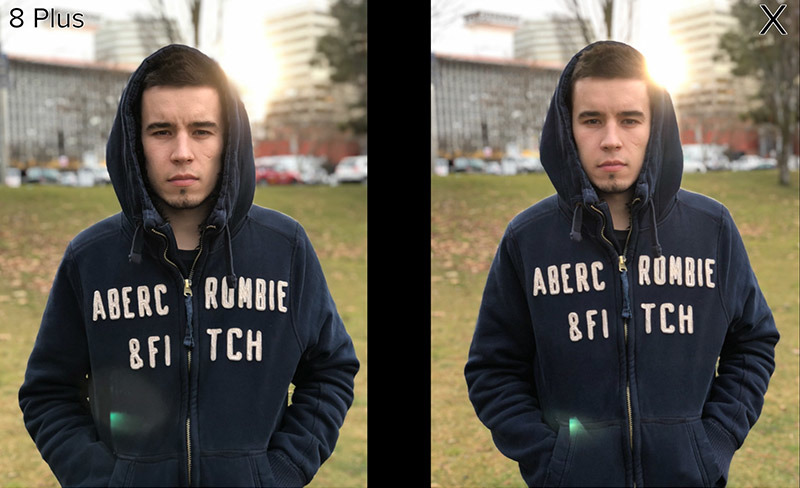
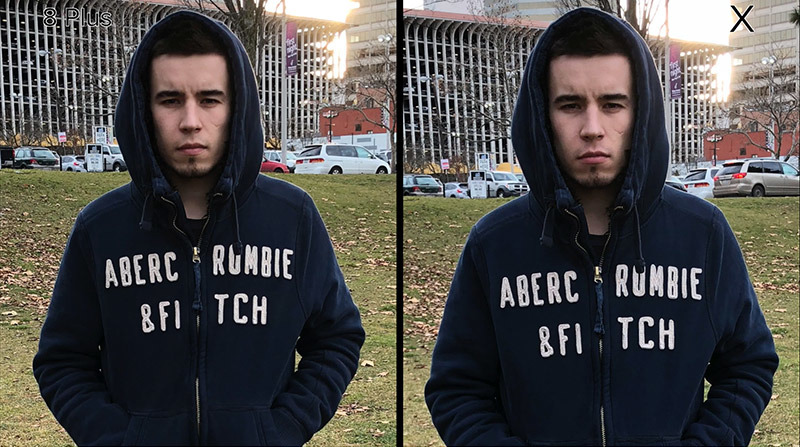
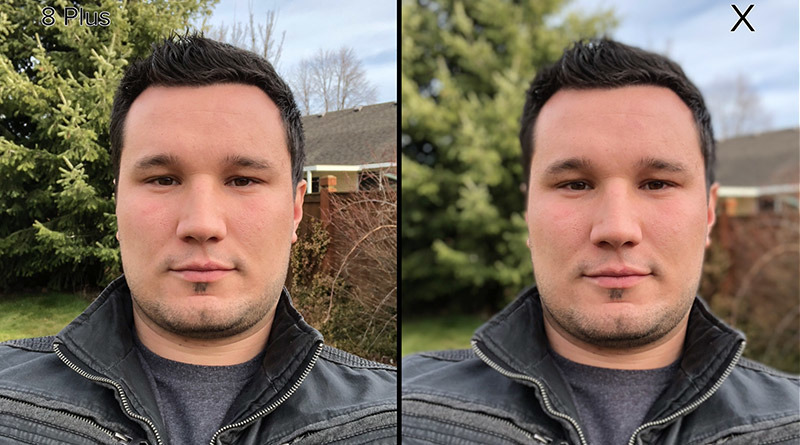
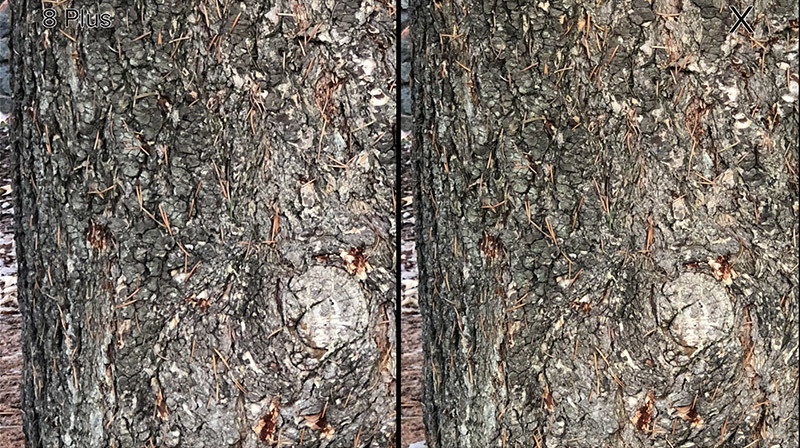

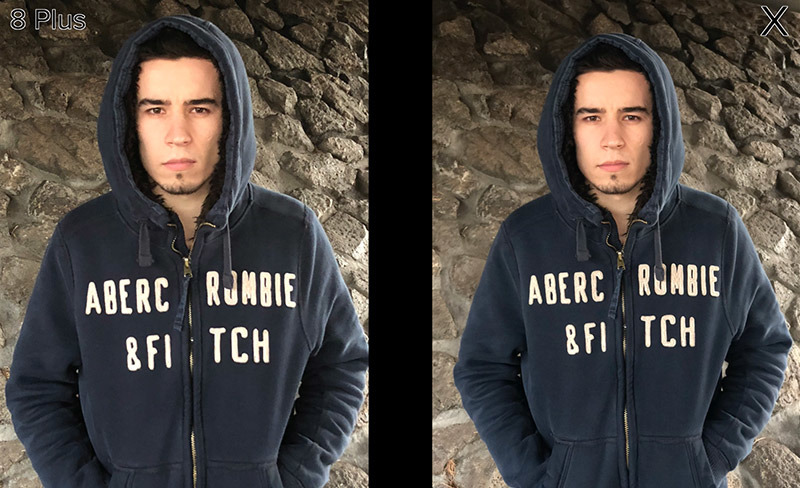

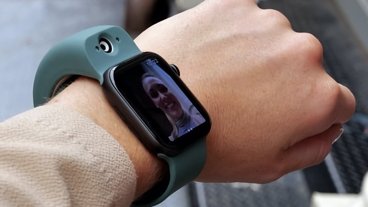


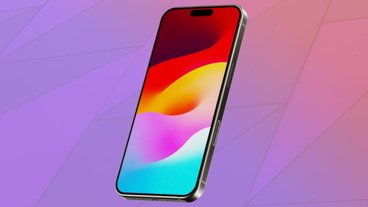


-m.jpg)





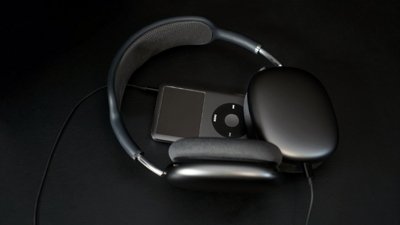
 Malcolm Owen
Malcolm Owen
 William Gallagher
William Gallagher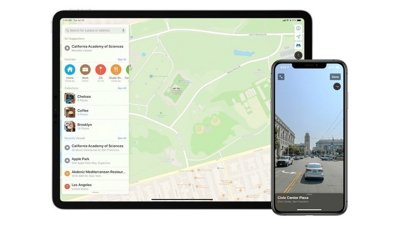



 Christine McKee
Christine McKee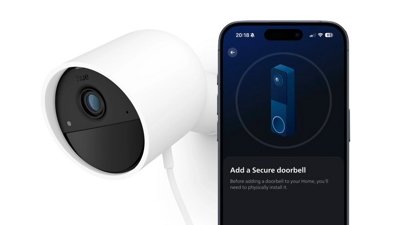
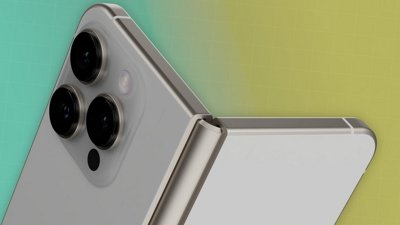


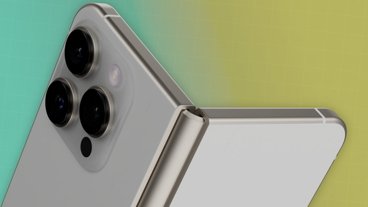



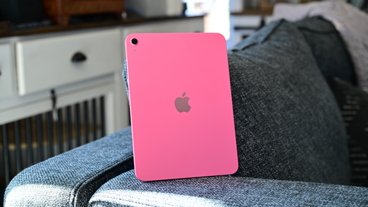


18 Comments
Is that young Travolta?
I have an 8 plus and was recently in a trip. All selfies have a blurred background compared to the 6 I previously had. I think the front facing camera now has a lower f number, hence the depth of field is narrower, removing focus on the background.
Which is a pity in a way, because it is not controllable and if you take a pic in front of e.g. a monument, you are sharp but the monument is blurry.
Please stop calling a blurred background "bokeh". Bokeh is a very specific technique that converts light sources in the background into round spots, a blurred background is just depth-of-field.